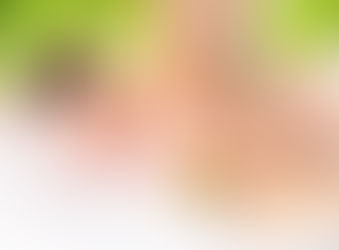About Five Element-Wuxing
- sanctuary
- Oct 22, 2015
- 2 min read

"Wu Xing" is often translated as Five Elements and this is used extensively by many including practitioners of Five Element acupuncture. This translation arose by false analogy with the Western system of the four elements.[4] Whereas the classical Greek elements were concerned with substances or natural qualities, the Chinese xíng are "primarily concerned with process and change," hence the common translation as "phases" or "agents."[5] By the same token, Mù is thought of as "Tree" rather than "Wood".[6] The word 'element' is thus used within the context of Chinese medicine with a different meaning to its usual meaning.
It should be recognized that the word phase, although commonly preferred, is not perfect. Phase is a better translation for the five seasons (五運 Wǔ Yùn) mentioned below, and so agents or processes might be preferred for the primary term xíng. Manfred Porkert attempts to resolve this by using Evolutive Phase for 五行 Wǔ Xíngand Circuit Phase for 五運 Wǔ Yùn, but these terms are unwieldy.
Some of the Mawangdui Silk Texts (no later than 168 BC) also present the Wu Xing as "five virtues" or types of activities.[7] Within Chinese medicine texts the Wu Xing are also referred to as Wu Yun (五運 wǔ yùn) or a combination of the two characters (Wu Xing-Yun) these emphasise the correspondence of five elements to five 'seasons' (four seasons plus one). Another tradition refers to the Wǔ Xíng as Wǔ Dé (五德), the Five Virtues (zh:五德終始說).
There is possibly an equivalence of the states of matter found in western physics as follows:
Metal: metallic / crystalline solid with strong chemical bonds & radiation-conductive vacuum-like inter-atomic voids
Water: ionic/solvent liquid phase
Wood: complex organised living composite material with enzyme catalysis
Fire: energised gas-plasma
Earth: disorganised semi-living composite solid material with microbial culture























Comments